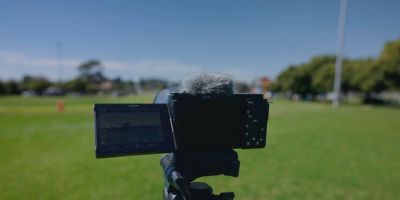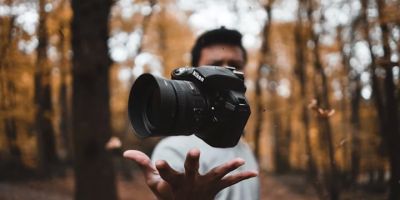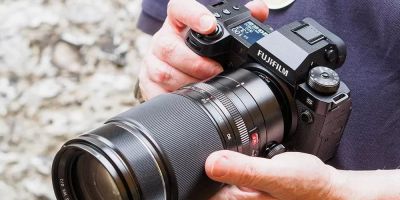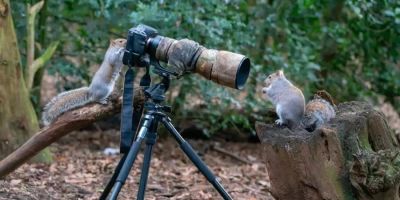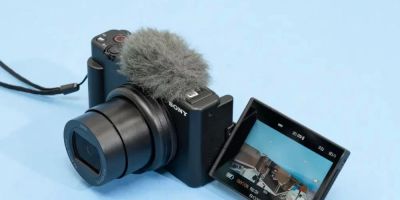- 1 - Understanding the Challenges of Photographing in Harsh Sunlight
- 2 - Camera Settings to Prevent Overexposure in Bright Sunlight
- 3 - Lighting Techniques and Tools That Help Control Exposure
- 4 - Real-Life Examples and Stories About Shooting in Harsh Sunlight
- 5 - Professional Advice and Where to Find Resources for Photography
1. Understanding the Challenges of Photographing in Harsh Sunlight
Shooting outdoors under intense midday sun presents a unique set of challenges for photographers. Harsh sunlight often creates strong contrasts between bright highlights and deep shadows, leading to overexposure in some areas and loss of detail in others. This makes it difficult to capture a well-balanced image that accurately reflects the scene.
Many beginners struggle with how to photograph in harsh sunlight without overexposure because the bright light can easily wash out colors or blow out important details. However, understanding the nature of sunlight and its effect on your camera sensor is the first step to mastering this environment. The sun’s direct rays produce a very high dynamic range, which means your camera has to work harder to capture details in both bright and shadowed areas simultaneously.
2. Camera Settings to Prevent Overexposure in Bright Sunlight
Adjusting your camera settings carefully is essential when you want to photograph in harsh sunlight without overexposure. One of the most effective approaches is to manually control the exposure parameters rather than relying on automatic modes.
First, lowering the ISO setting to its minimum (usually 100 or 200) reduces the sensor’s sensitivity to light, preventing the image from becoming too bright. Next, selecting a smaller aperture (higher f-number) narrows the lens opening, allowing less light to hit the sensor and increasing the depth of field — which often results in sharper images.
Shutter speed plays a crucial role as well. Faster shutter speeds limit the time the sensor is exposed to light, helping avoid blown-out highlights. Using your camera’s histogram and highlight warning features can guide you to ensure exposure is balanced. Additionally, shooting in RAW format is highly recommended because it retains more image data, giving you greater flexibility to recover details in post-processing.
3. Lighting Techniques and Tools That Help Control Exposure
Beyond camera settings, employing specific lighting techniques and tools can dramatically improve your results when photographing in harsh sunlight. For instance, using a diffuser softens the intense sun rays, reducing harsh shadows and highlights. Portable reflectors can bounce light into shadowed areas, balancing the overall exposure.
Another useful method is to position your subject in partial shade or shoot during the so-called "golden hour"—shortly after sunrise or before sunset—when sunlight is naturally softer and warmer. However, when circumstances demand midday shooting, creatively using natural elements like trees or buildings for shade can save your shot from overexposure.
Additionally, experimenting with polarizing filters helps reduce glare and reflections, enhancing color saturation and contrast in your photos.
4. Real-Life Examples and Stories About Shooting in Harsh Sunlight
Consider the story of a photographer who was commissioned to capture a beach wedding at noon. Initially, the direct sunlight caused washed-out skin tones and harsh shadows. By applying careful camera settings—reducing ISO to 100, using an aperture of f/11, and increasing shutter speed—the photographer preserved highlight details.
Moreover, by strategically using a white diffuser and positioning the bridal party in partial shade cast by nearby palm trees, the images turned out naturally balanced and vibrant. This example highlights how understanding how to photograph in harsh sunlight without overexposure involves combining technical skills with practical problem-solving on the spot.
On a personal note, experimenting with backlighting in harsh conditions can create striking silhouettes or rim lighting effects, adding creative flair without risking blown highlights.
5. Professional Advice and Where to Find Resources for Photography
Mastering photography in challenging lighting conditions like harsh sunlight requires both knowledge and practice. Professionals often recommend investing time in learning your camera’s manual controls and experimenting regularly under different light scenarios. Additionally, many photographers turn to online tutorials, workshops, and trusted platforms to deepen their understanding.
For those seeking high-quality gear, lighting accessories, or expert guidance, Photo Studio provides an excellent resource. Whether you need diffusers, filters, or even personalized coaching services, Photo Studio curates a wide range of products and services to help photographers achieve optimal results when shooting in harsh sunlight or any challenging environment.
By combining sound technical practices with the right equipment and creative vision, you can confidently photograph in harsh sunlight without overexposure, producing images that are both technically sound and artistically compelling.

